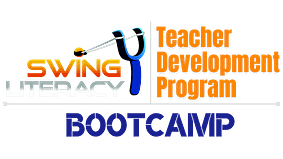
Join our next Teachers Bootcamp!
Sign up below to get notified when we open the doors to our next Teachers Bootcamp!
Plus you'll be automatically added to our Teachers Insiders' Club so you can get loads of free tips to improve your dancing.
"I feel like a robot, just marching around. I want to be able to express myself more and feel like I'm really dancing."
"I wish more good dancers would invite me to dance and enjoy dancing with me."
"I really struggle with lower level dancers. I don't know how to cope so it's not as fun."
"I feel like I should be progressing faster. I've been dancing long enough, I should be in the next level by now."
"I can't seem to ever get a callback. It's really getting me down and I'm about to give up."
"I feel like I've already learned all the material from the teachers, so there's no point in continuing classes."
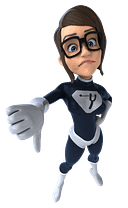
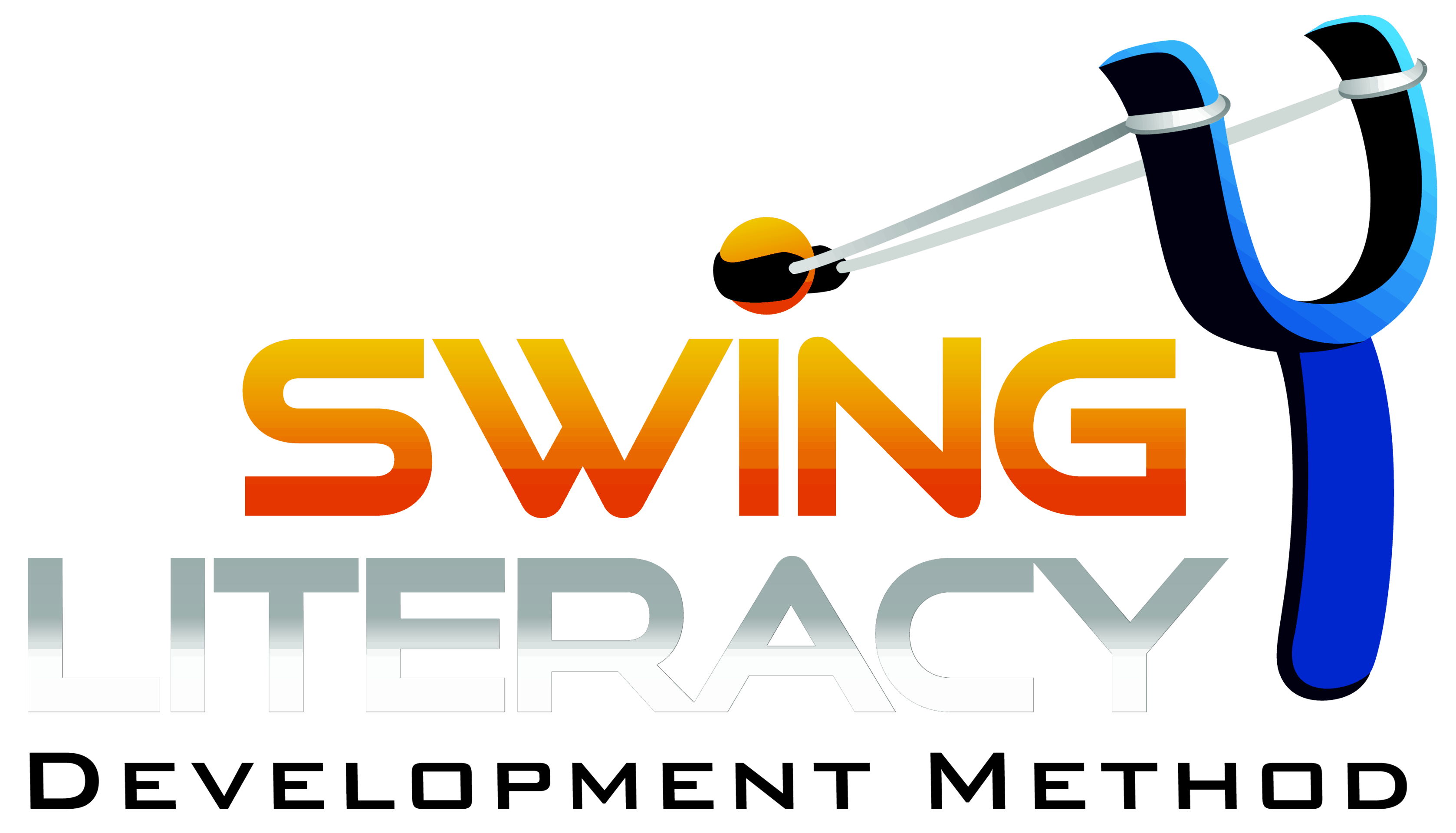
Introducing the
Way beyond a workshop...way beyond a theory...
A comprehensive suite of programs that deliver
a powerful, progressive, and most importantly, proven method to learn and teach WCS
that solves your learning frustrations and
rescues you from your struggling...
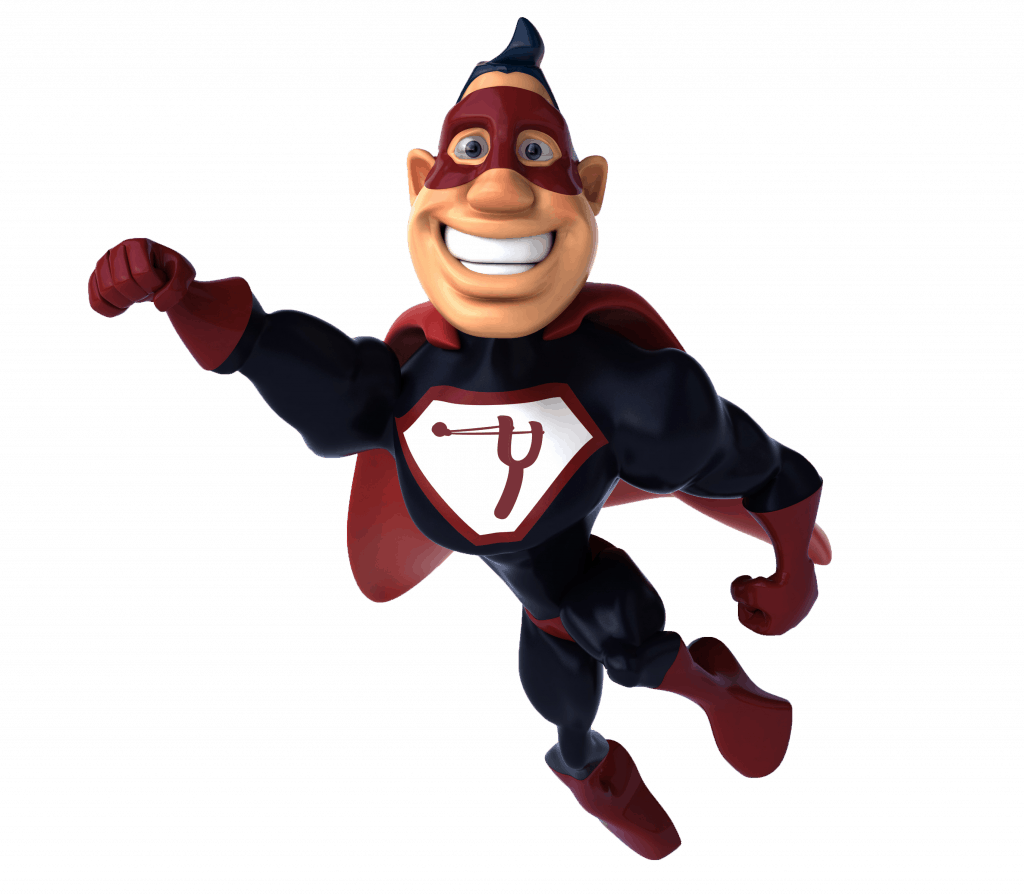
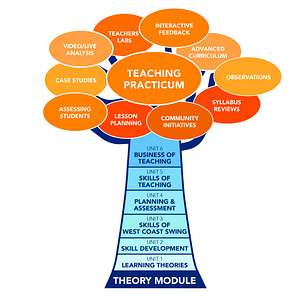
Model of the
Swing Literacy Teacher Development Program
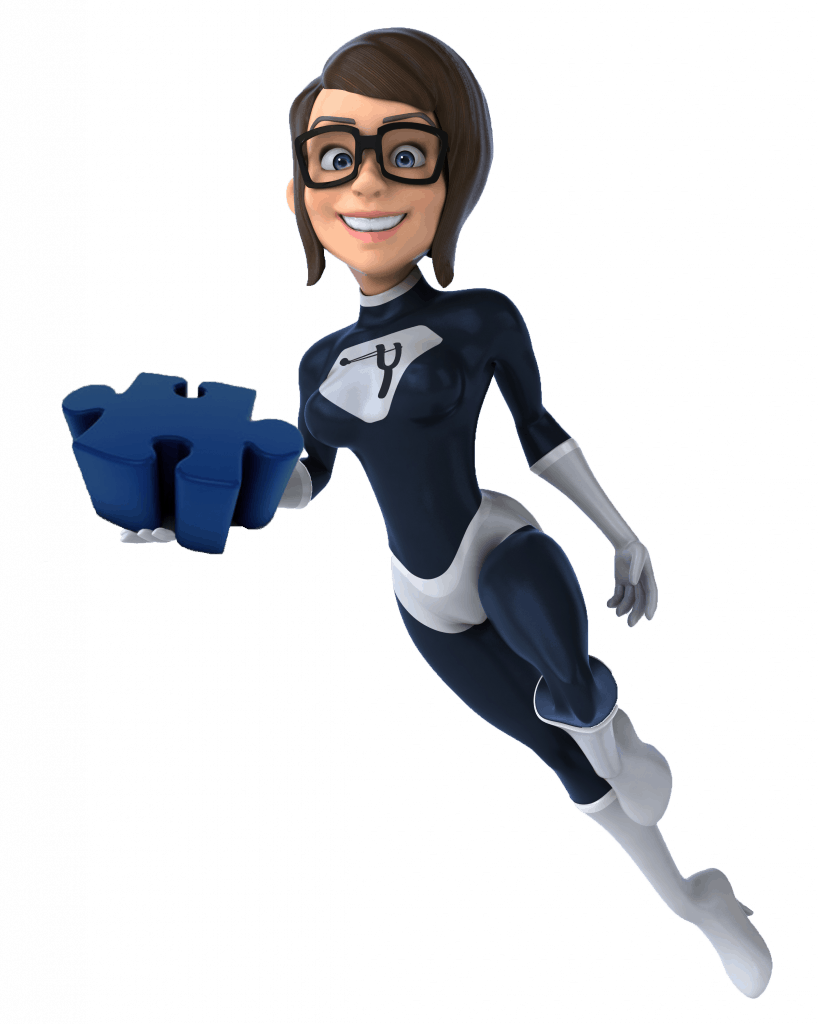

Have a more efficient formula to teach Beginners (no matter which WCS style you prefer) so they learn faster than with traditional methods.

Be able to teach a brand-new dancer everything they need to survive their first social dance and get hooked enough to sign up for lessons – in 15 minutes! (see our proof below)

Teach the 14 Fundamental Movement Skills in fun and engaging ways that train your students to appreciate, love, and crave technique instead of whining for more patterns.

Solve all your technique confusion once and for all so you can decode any instructors’ advice and leverage it to learn more advanced material.

Learn what you should be spending your time and effort to work on first to make the biggest improvement impact on your dance

Improve your ability to learn faster so that you can get more value out of any workshop, video, or lesson.

Drastically improve your “quality of movement”, so you get more recognition from more experienced partners, peers, and judges.

Finally be able to “feel like you’re dancing”, comfortable, self-expressed, and musical instead of just marching through patterns.

Be able to survive and compensate for any social dance partner, (without sacrificing your own fun) and become one of the most desirable, social dance partners in your region.

Design and execute lesson plans and series plans (for 1-month to 1-year) that build skills instead of emphasize patterns…so your students truly progress.

Implement clear measurement tools that allow you to motivate and progress students through your levels based on their skills, not their attendance record!

Be able to troubleshoot 40+ common student errors to prescribe and implement the most effective improvement plan.
When we first started teaching WCS, we followed the model of our own (awesome) teachers, and didn't question if it was the best method - it was just the method we were used to. But something never felt right. Something was missing, and we felt there must be an easier way.
So we started borrowing pedagogical methods from Tessa's training in teaching school and coaching sports. We didn't change the WCS content. We just changed how we taught it, the sequence, and the emphasis.
Several years of research and testing proved that our evolving method was way more effective than the way we were taught, and way more fun for our students.
Students in group classes, workshops, and private lessons were improving faster AND having more fun learning! We even used these methods to accelerate our own progress, launching us to Champion level in both improvisation and choreography competition.
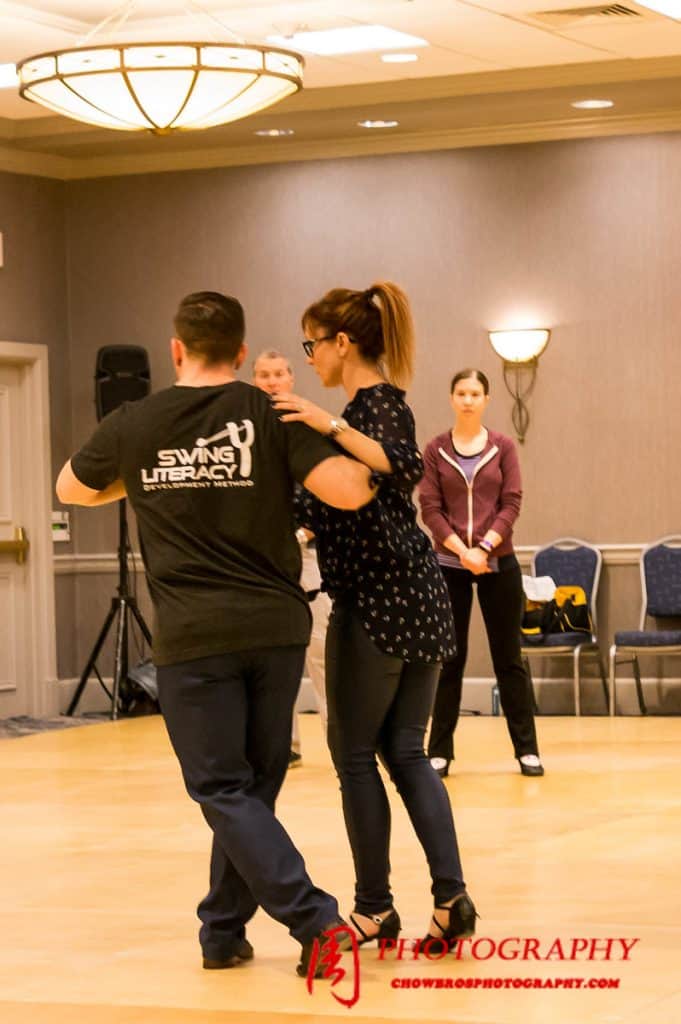
We really wanted to share this method so everyone can enjoy the same results and help West Coast Swing grow strong and healthy around the world! So we codified the process so ANYONE can use it - no matter what level they are, no matter what style they prefer, they can keep the content of what they teach... but if they use this method to transform the way they teach it, they can rescue their students from unnecessary struggle!
After 10 years of training teachers in workshops worldwide, in 2014 we created an online training program to make this method accessible to all teachers, with or without access to us.

Jessica Wrape
When I started the Swing Literacy program, literally within the first week my students noticed a dramatic change in my teaching methods. Since finishing and implementing the SLDM, we are able to retain many more people and grow the dancers we already have. Our community probably doubled during the first few months of using the new program!

Monika Holub
After giving my students some of the core Swing Literacy skills, I noticed a dramatic difference in their quality of movement right away; and so did they! Their eyes were wide, and those 'aha moment' smiles ... The students were blown away by how differently the dance felt to them. I'm still getting messages this morning ..lol. Talk about positive reinforcement as a teacher!

Sam Jackson
I immediately saw results after taking the SLDM. For the first time in my (substantial) dance experience, I had a coherent and structured approach to learning dance. I had gained knowledge and skills that I feel would have taken many years to develop by any other method. Each new topic in the SLDM felt like a revelation, impacting my classes, as well as my own dancing, significantly.

Jen Malcolm
Life before Swing Literacy was frustrating!!! I was doing poorly in competition and was not exactly the most popular dancer on the social floor. After 2-years of rarely making finals in Novice, I started working with Myles & Tessa. I jumped from Novice to Advanced in just 1 year (6 events)!!
M&T's Swing Literacy system is brilliant. I can see many more “Tessons” and “Mylestones” in my future."
Take a breath and just imagine...
Myles brings a lifetime of dance background, including classical solo dance training, Ballroom, Salsa, Theatre Arts, and 6 UCWDC World Championship titles, He also brings Karate, Wing Chun Kung Fu, Jiu-Jitsu, golf and motorcycle racing to the table, and considers himself an eternal student of manipulating kinetics for sport and art.
Myles is so passionate about improving his craft, he literally has a tattoo that reads, “Technique prevents the body from limiting the soul’s expression”. His studies in all of these non-dance fields, along with being classically trained and studying the inner workings of over 60 different dances, is a huge part of what made it possible for him and Tessa to create Swing Literacy.
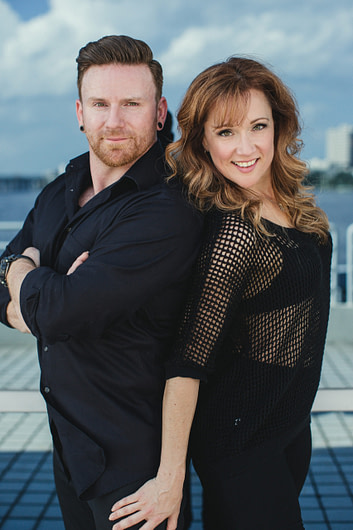
Tessa’s academic background started with competitive swimming, where she where she received National Coaching Certification, created a Coach Training Program, graduated from UBC with a Bachelor of Kinesiology, and started an Olympic-track coaching career, all before returning to school to complete her Bachelor of Education.
Tessa has been professionally practicing physical education, movement analysis, and pedagogy for the past 30 years, and this constant training in “how to teach” was the other huge factor that allowed Myles and Tessa to create such a powerful and effective program (Swing Literacy).
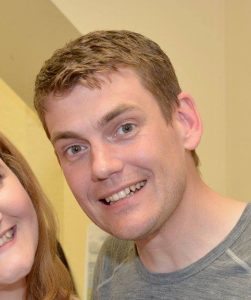
Ian Manson
The Swing Literacy program for me was like a eureka moment, finally understanding what I had been missing. Having a path connecting the common ideas together, often in logical, causal ways, creating real understanding, gives a real level of confidence to build my dance on. I couldn’t recommend this course more highly, to both existing teachers and students alike. The ideas and concepts in the material are so effective and make so much sense, one might wonder why this isn’t the standard for all.

(And we will teach you how to do it too.)
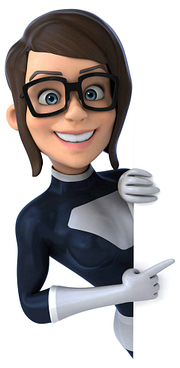
By the time the experiment is over, our volunteers are able to start on a downbeat, stay on time, stretch and compress properly, steer the follower’s frame properly, and continuously do Left Side Pass, Under Arm Turn, Sugar Push, Sugar Tuck, Left Side Tuck, and sometimes a rough version of a Whip.
Their connection and elasticity consistently feels surprisingly good, and they are able to stay on time and not get distracted by their partner's footwork. We invite one of the observers to come up and test them out, and after dancing with them, they agree they feel better than most people who have been dancing for months.
Afterward, each volunteer was able to successfully survive social dancing on their own, leaving their partners impressed. Because they experienced immediate success, the dance seemed accessible and fun, which motivated each volunteer to follow up with either private lessons, workshops, or group classes immediately after their 15-min crash course.
When you take this course, you will learn this proven method so you too will be able to get new dancers hooked with a simple 15 minute lesson.
I never doubted Tessa and Myles, but it was very useful to see the Swing Literacy method in practice. I had an opportunity to dance with one volunteer during a dance party and the connection felt great, he was able to stay on time, and he was starting to experiment with turning. This approach to teaching WCS really inspires the student to want to learn more. Thank you for making learning and teaching WCS more accessible!

Pretty accurate description of the demo at Swingtzerland! I've danced with Luke in the party, pretty impressive, and most importantly he was truly enjoying the dance, smiling all the time! The 15 minute demo was pretty impressive, going with a pretty fast pace but it was not rushed at all.

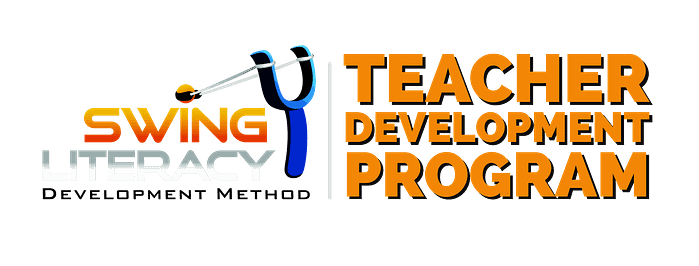
A comprehensive digital course to help teachers understand how to
develop dancers smarter so they can progress faster and have more fun
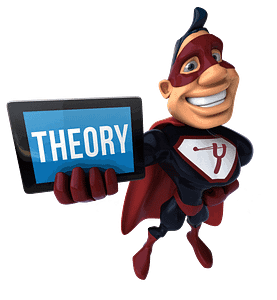
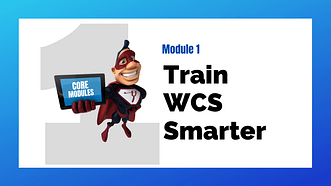
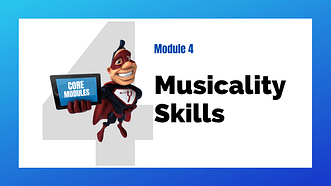

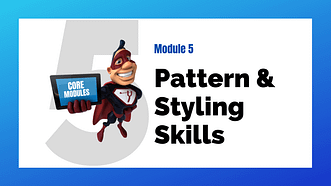
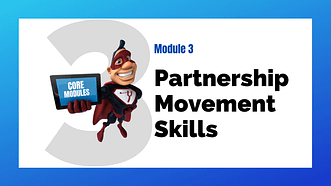
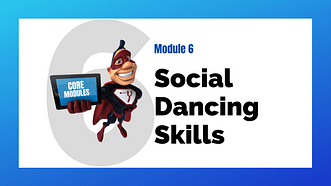
Projects & resources to apply Swing Literacy to your real teaching
so you can retain more students and build your community
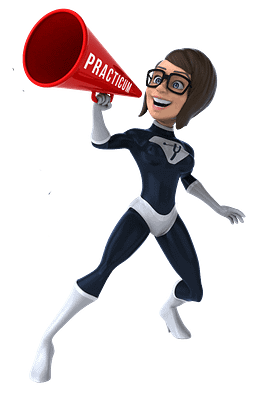
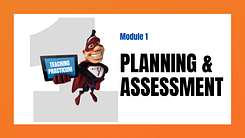
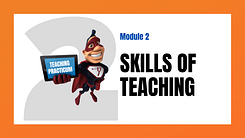
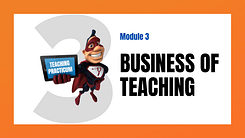
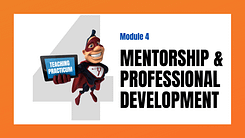
plus...
Make it official
Swing Literacy Teacher Certification you can add to your resume which will show you take your teaching seriously and make you more in demand.
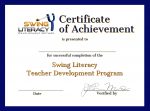

We take on select, dedicated teachers to work with one-on-one to transform their teaching and see results in their students fast.
This VIP version of the Teacher Development Program includes:
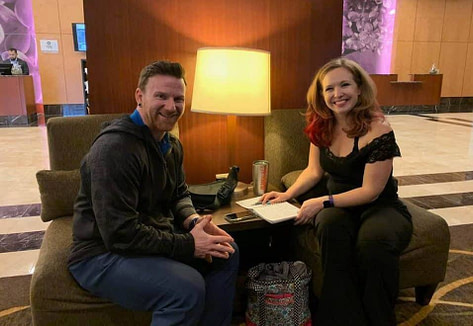

Based on demand, we occasionally offer the Teacher Development Program
as a group course on a fixed 12-week schedule.
This group format version of the Teacher Development Program includes
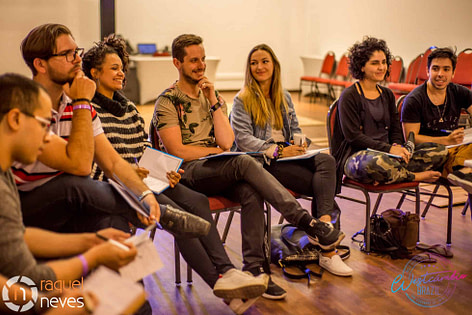
Apply for a Teaching Impact Strategy Session, where we can answer your questions, assess your teaching goals and find out the best path to reach them.

Prior to discovering Swing Literacy, we always wanted something more and knew that we lost people after their beginner series. Since finishing and implementing the Teacher Development Program, we are able to retain many more people and grow the dancers we already have. Our community probably doubled during the first few months of using the new method!
- Jessica Wrape

I think the program is comparable to a university level course. I feel like I got a similar value from it as I did from the courses that I took during my Bachelor of Education program at university.
- Shannon Black

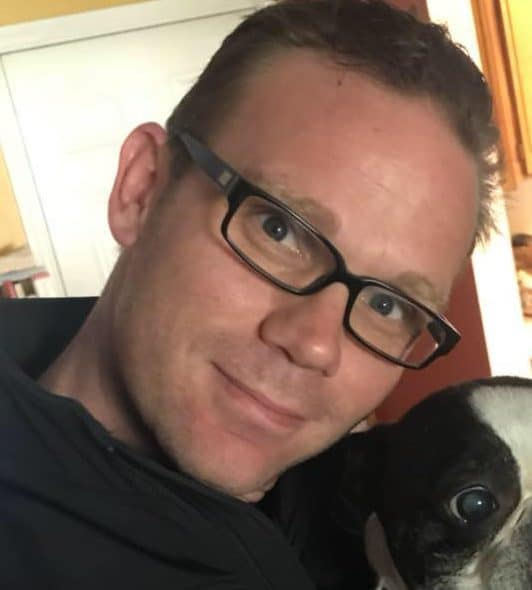

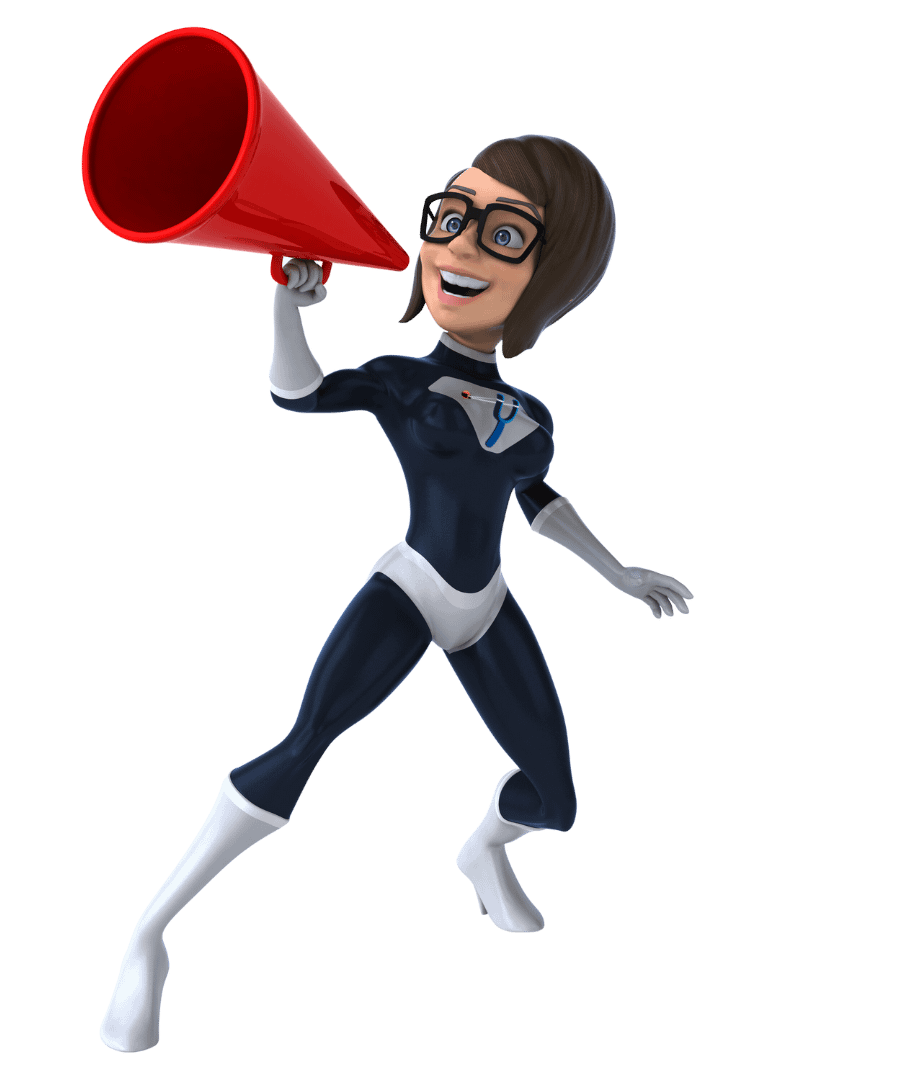
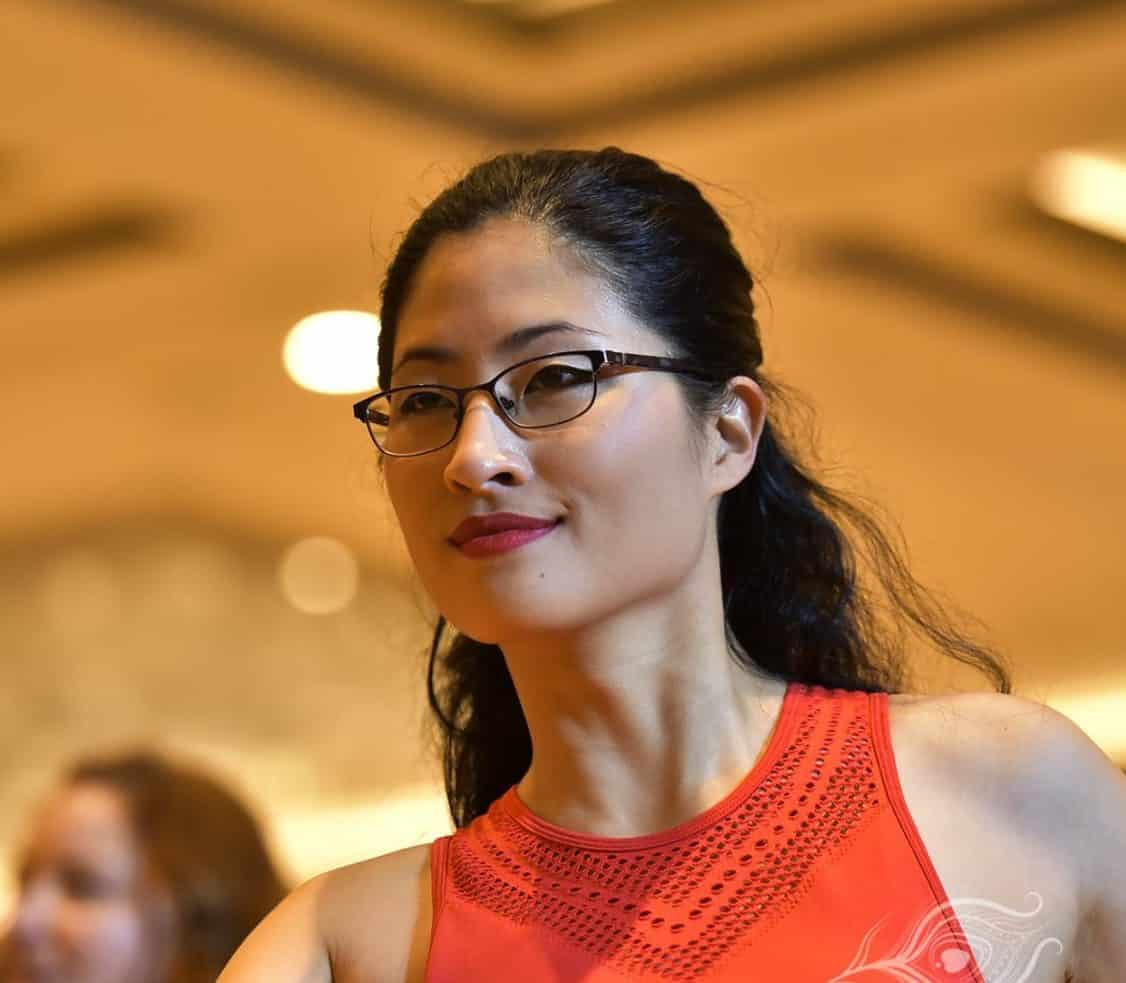

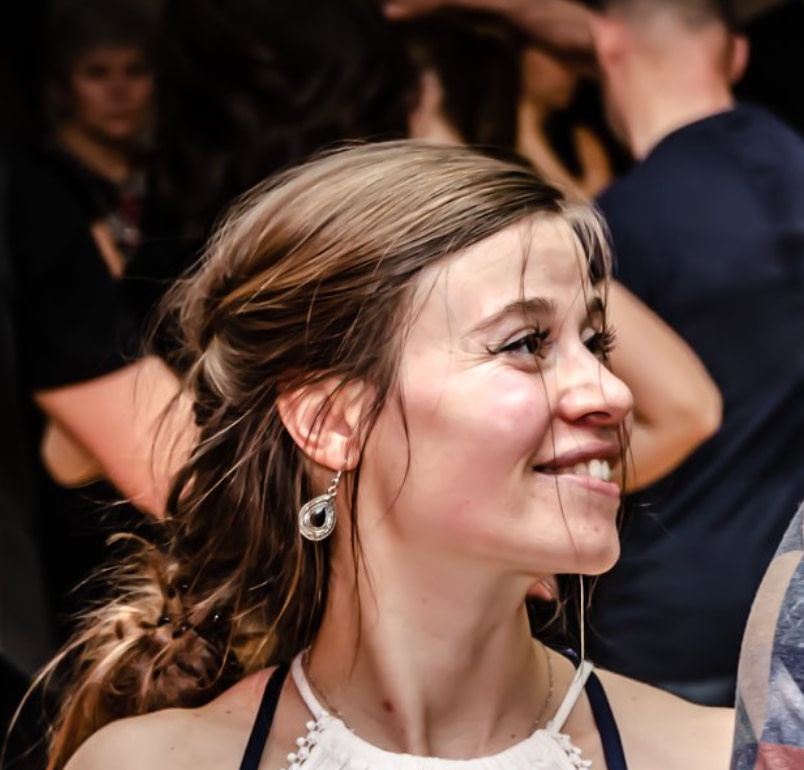

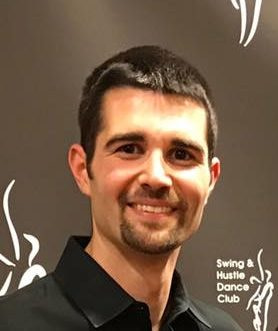
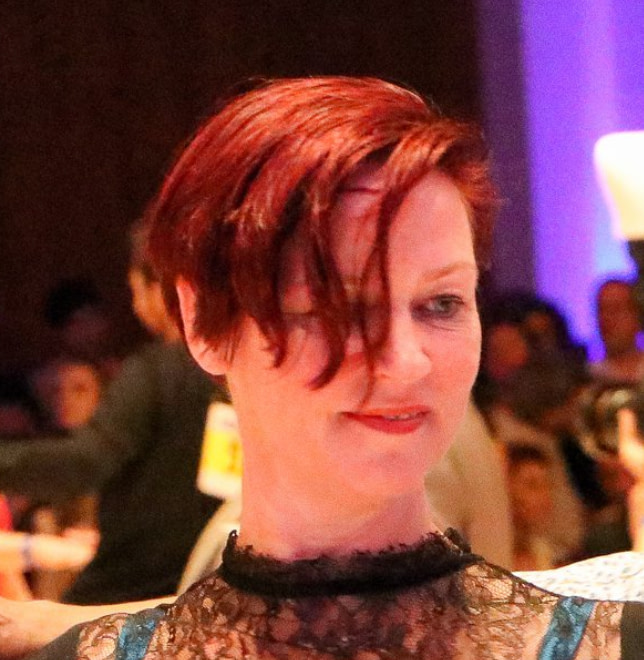



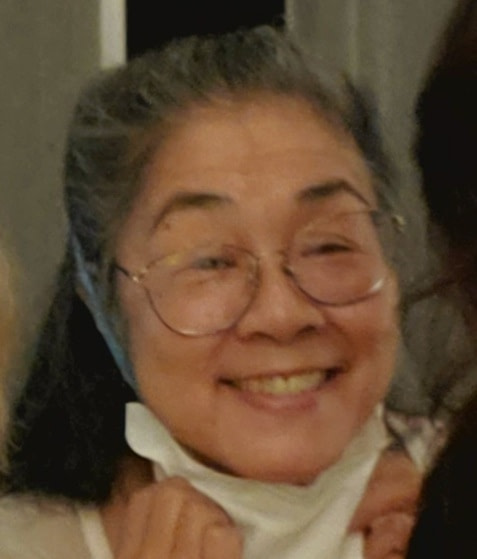











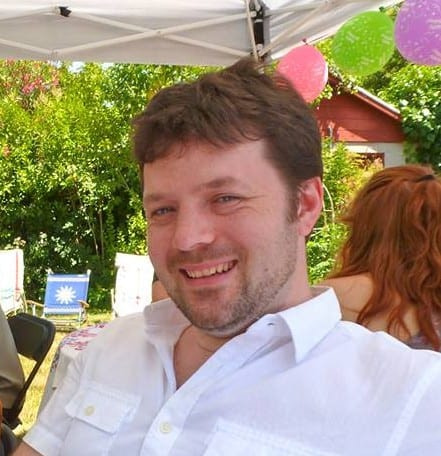



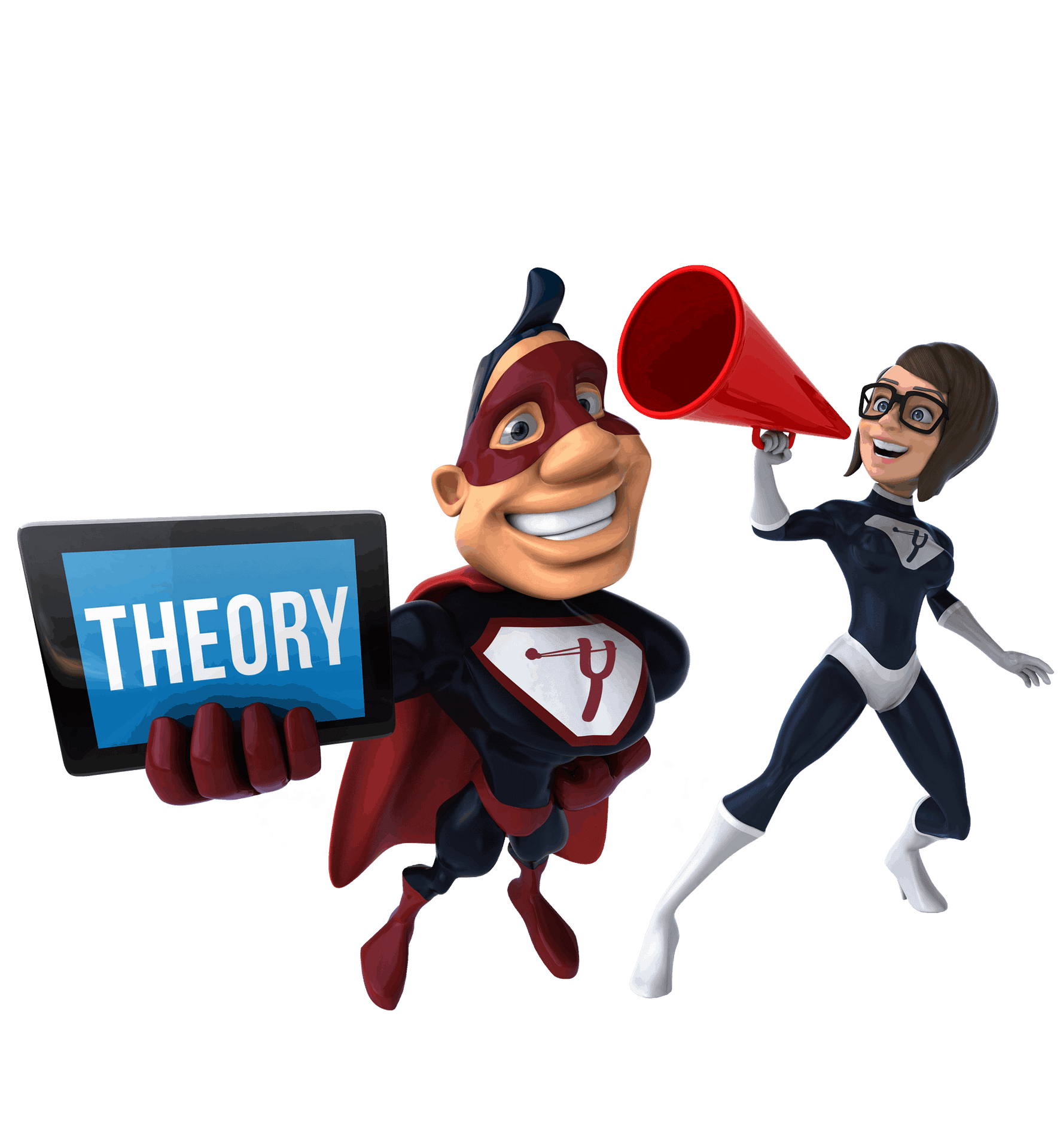




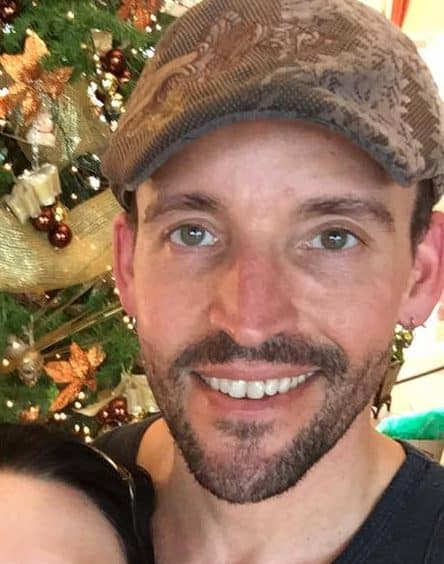
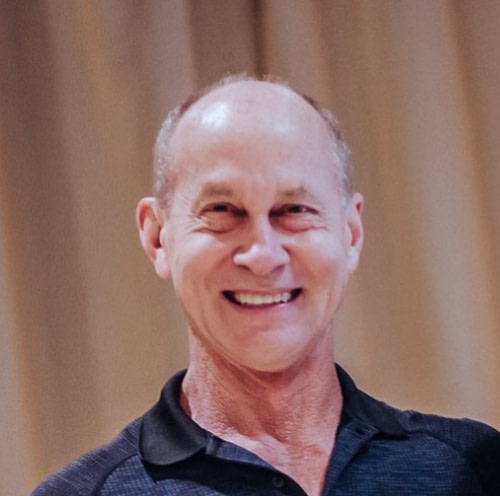

The Swing Literacy program is unique in both delivery and content.
In terms of delivery, it is the only online dancer training available in West Coast Swing. Unlike a live intensive teacher’s workshop, the DDP consists of a mutli-media study component, and the Bootcamp provides a powerful feedback system and group learning environment.
In terms of content, while other methodologies teach you how to dance, or suggest a syllabus of patterns and concepts to learn, Swing Literacy teaches you how to learn and improve your dancing more efficiently. It focuses on the skill development and appropriate pedagogy that is missing from most dance instruction and teacher trainings: the invaluable tools that lead to faster and more permanent learning!
No: The program is not just a bunch of instructional videos. The DDP takes advantage of the power of an online course. It includes mostly written material, supported by videos, images, article links, interactive quizzes, and practical assignments to create a more thorough and balanced learning experience than simply reading a manual.
It depends on how focused and motivated you are. The DDP Core Modules take about 40 hours. There are 6 modules with multiple lessons in each. Each lesson might take 5-30 minutes to work through, some with a short quiz at the end. There is a reflection assignment at the end of each module that might take 5-10 minutes each.
The price is actually a steal compared to other equivalent coach training courses or online technical training courses. It is a completely different product from any dance workshop you have ever taken, and really can’t be compared to the prices you may be used to seeing offered for dance intensives. It would be more appropriate to compare it to a university or business course. This is also a professional designation that will dramatically improve your teaching business, meaning that by taking this course, you will make more money. Prices are listed on each program’s page. Group discounts and monthly payment instalment plans are available.
Here are a few options to consider brainstorming with your club/studio/association:

Yes. You can list each certification on your resume, or post it online to announce your training.
The Swing Literacy Teacher Development Program (TDP) is unique in both delivery and content.
In terms of delivery, it is the only online teacher training available in West Coast Swing. Created and coached by current Champions and master teachers with over 50 years experience in coaching and teaching. Unlike a live intensive teacher’s workshop, the TDP consists of a multi-media study component (DDP Teacher Track) and a practicum component (Teaching Impact Practicum)
In terms of content, while other methodologies teach you how to dance, or suggest a syllabus of patterns and concepts that should taught, Swing Literacy teaches you how to learn and teach more efficiently and effectively. It focuses on the skill development and appropriate pedagogy that is missing from most dance instruction and teacher trainings: the invaluable tools that lead to faster and more permanent learning!
The DDP Teacher Track is incredibly relevant to experienced teachers. Consider it like Professional Development. Regardless of your past education, it is a unique method that requires training to understand and put into practice. Your years of experience might make you quicker at learning it, and doesn’t exclude you from getting an immense value from the training, because the content but is not redundant.
Yes! The TDP provides the foundation upon which you can add any other training of your choice. Consider the TDP to be the main computer program and other teacher trainings are the auxiliary “plug-ins” you can get to enhance it. Any teacher training seminar you take after the TDP will be built upon your Swing Literacy foundation, which augments what you already teach, so your preferred style or content can have a more intentional and effective impact on your students!
Absolutely, in fact, this is the strongest possible way to start your teaching career. Here's why:
The majority of "teacher trainings" offered are focused more on the operations of running a group class: how to get students to partner up, how to count them in, how to teach the steps, how to cue them to rotate, etc.
But we focus on the actual pedagogy of the skills themselves.
So by doing this DDP Teacher Track now, you are developing your ability to teach the skills separately from these superficial operational tasks, kinda like if you were baking a pie and you made the pie shell separately from the filling. So by the time you are actually ready to start teaching, your pie filling will be ready, so you're not teaching with an empty shell! :)
Each Module has an offline assignment to complete and submit for grading, that might take 2 hours to complete.
In the DDP Teacher Track, all of your coursework is online, inside this website. You will be able to progress at your own pace, and return to re-read material.
In the DDP core modules, each lesson requires you to answer a few multiple choice questions in order to access the next lesson. There is a checkpoint questionnaire to help you reflect and process your learning at the end of each module.
For teachers, at the end of each module, there is an additional assignment on teaching that requires longer answers (no essays!) that needs to be submitted for grading by us. There is no final exam.
The Teachers’ Lab is a set of dedicated live Zoom calls that are offered to teachers during our online DDP Bootcamps. Teachers can access it by registering for the DDP Bootcamp Teachers’ Track.
The Teachers’ Lab adds an hour per week of live group teaching coaching via Zoom on the topics within the DDP, from the teacher perspective, and assistance with the teachers' assignments.
Yes, but each person takes their course independently, like a university course. Contact us to discuss options for groups of 3 or more teachers training together.
You get a certificate of training to show that you completed the DDP Teacher Track phase of the Swing Literacy Teacher Development Program. Next you would progress to phase 2 which is the Swing Literacy Teaching Impact Practicum. This consists of a series of courses aimed specifically at teaching topics, such as planning, pedagogy, and promotion, and includes practical projects to guide you as you apply Swing Literacy in your teaching practice. We will be offering this shortly after the DDP Bootcamp Teacher Track.
The DDP Teacher Track is phase 1 of your Swing Literacy Teacher Development Program.
You will learn an immense quantity and depth of information in the DDP core modules and Teacher Track, which focuses on the skills your students need to build their WCS foundation.
The Teaching Impact Practicum is the essential followup. It consists of a series of courses aimed specifically at hot topics in teaching WCS, such as planning, pedagogy, and promotion, and includes practical projects to guide you as you apply Swing Literacy in your teaching practice. But you don’t have to do it alone – you have professional coaches by your side to give you feedback and guidance. This will not only ensure you are applying and integrating the Swing Literacy accurately and appropriately, but will make your teaching more confident and complete, and help your community grow.
In the Teaching Impact Practicum, there is a menu of several Projects to choose from that involve you taking action in your teaching, but don’t require us to meet in person. They can be completed in any order and at your own pace. All involve an open dialogue of direct feedback from us.
The Teaching Impact Practicum is intended as the followup course to the DDP Teacher Track. All teachers at all stages of their career will find immense value from complete their certification.
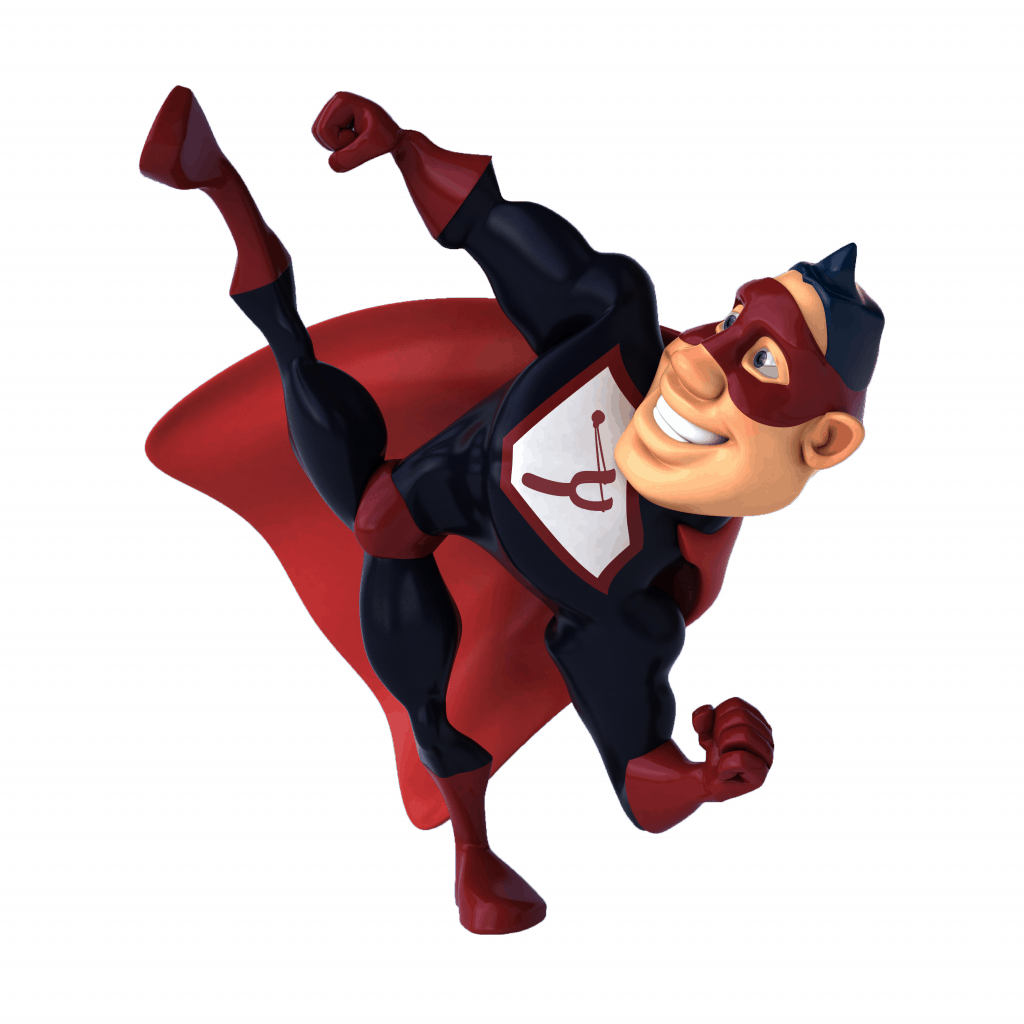
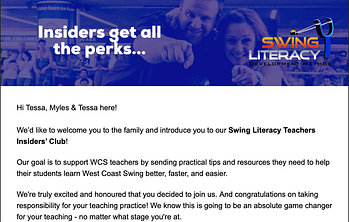
© 2019, SwingLiteracy.com I Disclaimer I Privacy policy